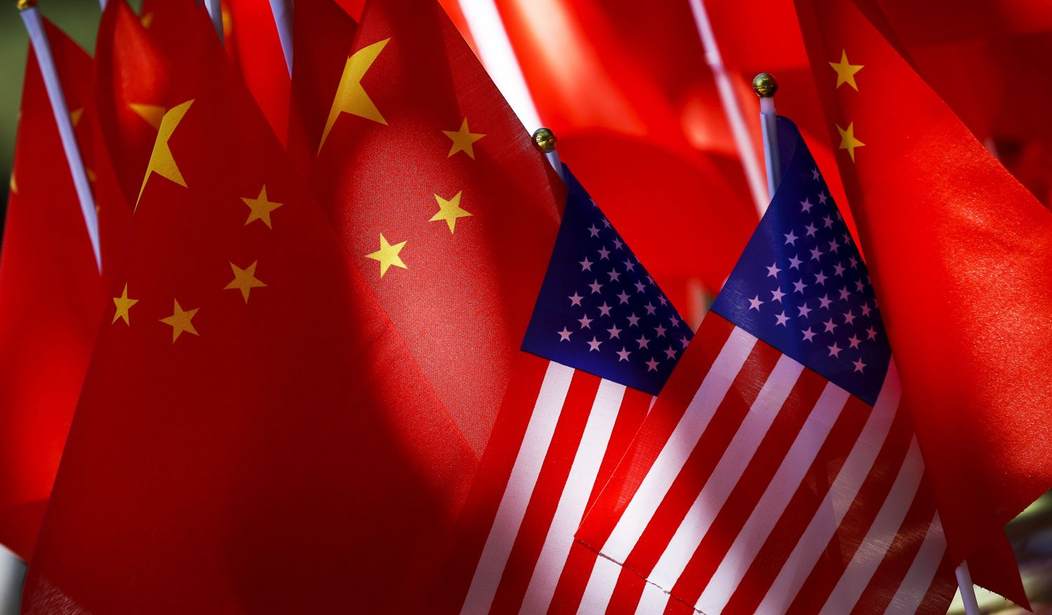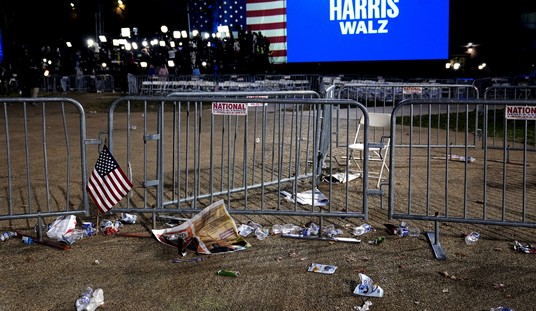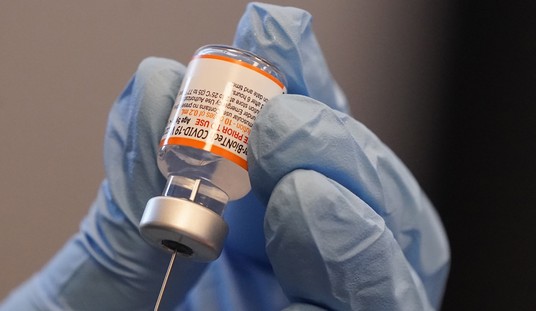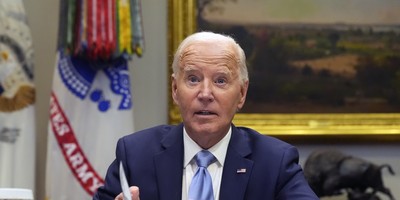There are passages in the State Department's latest reports on human rights and religious freedom in the People's Republic of China that read as if they ought to be in some futuristic horror story — not in a federal agency's factual explanation of how freedom is curtailed in the world's most populous nation.
First, there are the multitudinous surveillance cameras and the facial recognition software that makes them so useful to China's communist regime.
"According to media reports, the Ministry of Public Security used tens of millions of surveillance cameras throughout the country to monitor the general public," said the State Department report.
These cameras are not deployed to preserve public safety and deter common criminals.
"Human rights groups," said the State Department, "stated authorities increasingly relied on the cameras and other forms of surveillance to monitor and intimidate political dissidents, religious leaders and adherents, Tibetans and Uighurs."
How would Chinese government officials identify the political and religious dissidents who showed up on these cameras?
"These included facial recognition and 'gait recognition' video surveillance, allowing police not only to monitor a situation but also to quickly identify individuals in crowds," said the report.
The People's Republic, according to the State Department, is not satisfied with monitoring only the streets and other public places with its cameras.
"The government installed surveillance cameras in monasteries in the TAR" — Tibet Autonomous Region — "and Tibetan areas outside the TAR," said the State Department.
The report on religious freedom noted that China also placed cameras in Christian churches.
Recommended
"Authorities continued to arrest Christians and enforce more limitations on their activities, including requiring Christian churches to install surveillance cameras to enable daily police monitoring," said the report.
"Authorities continued to exercise strict controls over religious practice and maintained intrusive surveillance of many monasteries and nunneries, including through permanent installation of CCP" — Chinese Communist Party — "and public security officials and overt camera surveillance systems at religious sites and monasteries," it said.
What about people who have never done anything as overtly threatening to the Beijing regime as becoming a Buddhist monk or praying in a Christian church?
"Authorities monitored telephone calls, text messages, faxes, email, instant messaging, and other digital communications intended to remain private," said the State Department report.
"Security services," the report said, "routinely monitored and entered residences and offices to gain access to computers, telephones, and fax machines."
China, in fact, is developing a rating system for its people that will rely in part on monitoring social media communications.
"The government," said the report, "continued implementing a 'social credit system,' which collects vast amounts of data to create scores for individuals and companies in an effort to address deficiencies in 'social trust,' strengthen access to financial credit instruments, and reduce public corruption."
"Unlike Western financial credit-rating systems," said the report, "the social credit system also collected information on academic records, traffic violations, social media presence, quality of friendships, adherence to birth control regulations, employment performance, consumption habits, and others topics."
The ultimate goal of China's social credit system is for China's communist regime to determine whether it has an individual sufficiently under control.
"This system is intended to promote self-censorship, as netizens would be liable for their statements, relationships, and even information others shared within closed social media groups," said the State Department.
"An individual's 'social credit score,' among other things, quantifies a person's loyalty to the government by monitoring citizens' online activity and relationships," the State Department explained. "There were indications the system awarded and deducted points based on the 'loyalty' of sites visited, as well as the 'loyalty' of other netizens with whom a person interacted."
"The system also created incentives for citizens to police each other," said the report.
What price does someone pay for getting a low score in the government rating system?
"Users with low social credit scores faced an increasing series of consequences, including losing the ability to communicate on domestic social media platforms, travel, and buy property," said the State Department report.
"In April," it said, "state media reported the social credit system 'blocked' individuals from taking 11 million flights and four million train trips."
Modern communications technology is a powerful but morally neutral instrument, including when applied through social media. It can be used for good, and it can be used for evil.
The government of China has employed it for evil — using it as an instrument to suppress, intimidate and control the Chinese people.
In the United States, where our Constitution and traditions defend freedom of speech, modern communications technology remains an instrument of freedom, allowing individuals to express their views and work to keep the government in check.
Let's keep it that way.

























Join the conversation as a VIP Member